Deep in a mountain, students prepare for life on the Moon
Others are reading now
Deep in a mountain, students prepare for life on the Moon
Training for space, deep inside a mountain
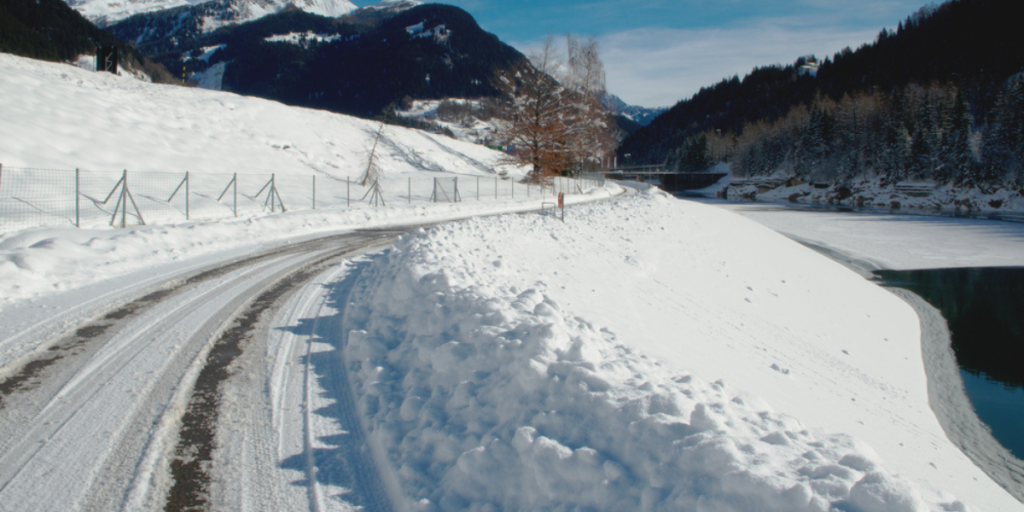
Tucked beneath the Swiss Alps, a group of student astronauts are experiencing a simulated Moon mission like no other. For over two weeks, they’ve been living and working in a former military fortress as part of Asclepios V, a student-led space mission that mimics the challenges of living in a lunar base.
From cold, narrow tunnels to mock spacewalks in the dark, every element is designed to simulate real conditions on the Moon. Their mission? To explore how future astronauts could live and work on other worlds—and to prepare the next generation of space explorers.
Inside the Asclepios lunar simulation
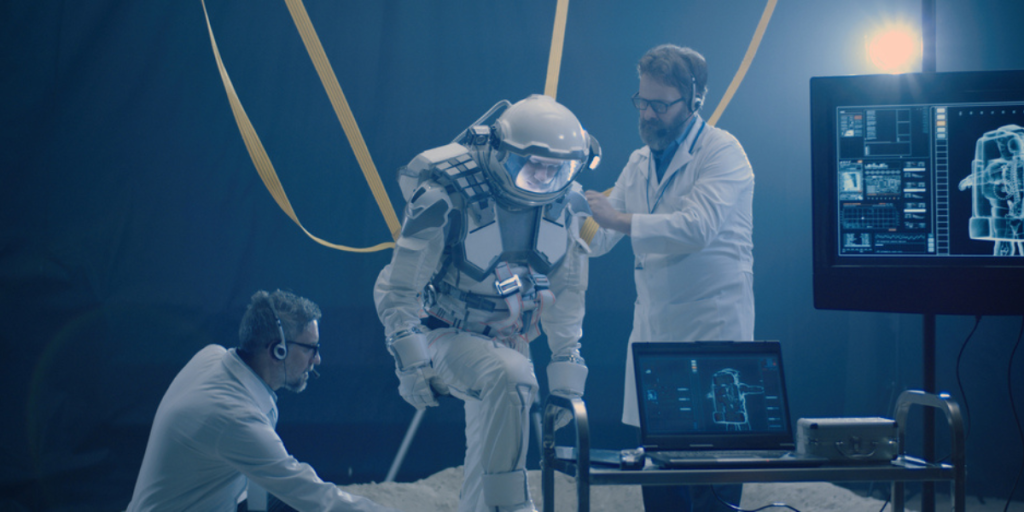
The crew is made up of nine international students who have “travelled” to the Moon for 16 days—without ever leaving Earth.
Their base is hidden inside the Gotthard mountain in Switzerland, in a maze of tunnels carved out during World War Two. With temperatures locked at 6°C and no natural light, the environment simulates lunar lava tubes that could one day house real astronauts.
Also read
“This dark, cold, and narrow setting was intentionally chosen to represent a base located inside one of the Moon’s caves,” they told BBC in an interview.
The students live in tight quarters, wear spacesuits during simulated Moonwalks, and eat dehydrated “astronaut food” as they carry out science experiments under mission-like pressure.
Space dreams take shape underground
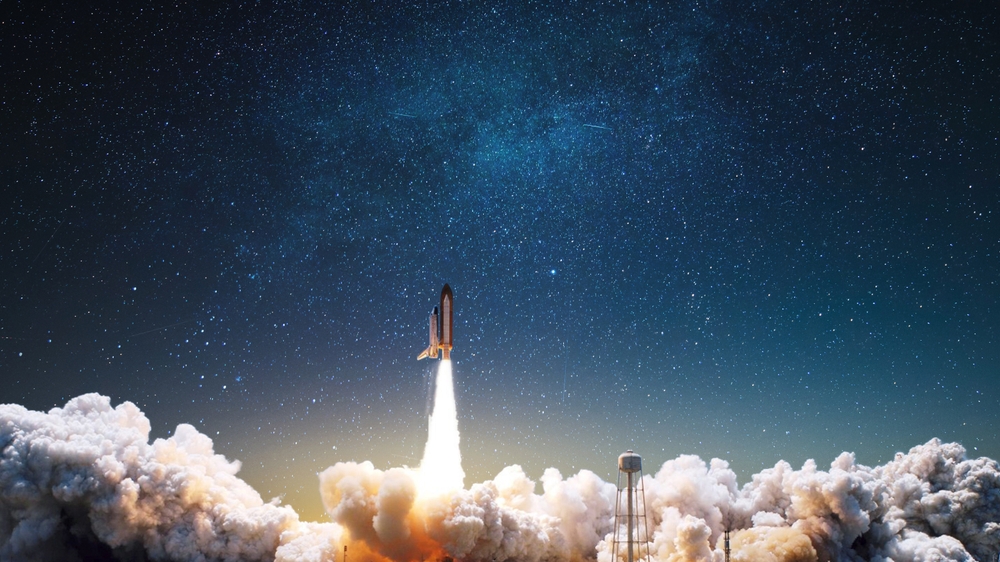
Participants like Katie Mulry and Mateus Magalhaes see the Asclepios programme as a rare chance to live out their astronaut ambitions. The programme, run entirely by students, recreates the rigour of real space training—from parabolic flights to survival skills in the Alps.
“It’s about understanding those challenges — so that when people go to space, space agencies are better prepared to support astronauts,” Mulry told BBC News.
Simulating science in lunar darkness
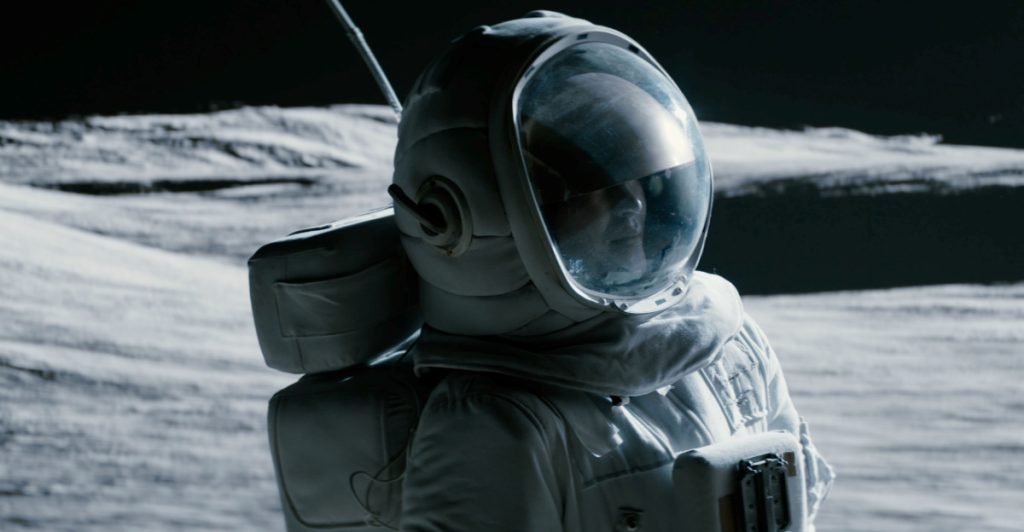
Beyond the adventure, the mission supports real scientific research. One key study, Kronoespazio, explores how constant darkness affects the body’s circadian rhythm, sleep, and mood. Participants wear sensors and collect samples to track hormone levels and gene expression.
Also read
“The findings… may also benefit people on Earth who experience circadian disruption,” researcher Maria Comas told the BBC.
Earthly mission, cosmic ambition
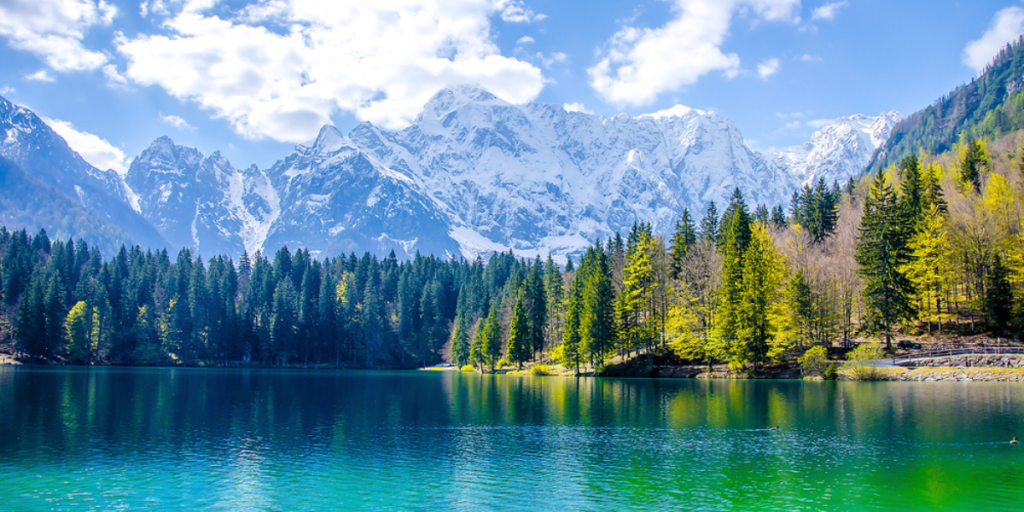
Asclepios V gives students a rare glimpse into what life in space might truly be like—from the physical hardship to the mental resilience required. With cutting-edge research, strict routines, and constant challenges, it blends education, innovation, and inspiration in one unforgettable experience.
And in the eyes of these young explorers, the Swiss mountain fortress might just be the launchpad for their future among the stars.
Building astronauts of tomorrow

Beneath layers of rock and shadow, Asclepios is more than a simulation—it’s a symbol of ambition, teamwork, and the pursuit of knowledge. As the climate grows harsher and humanity looks beyond Earth, the lessons learned here may shape the way we adapt to extreme environments, whether in space or back home.
From zero-gravity flights to tunnel-based Moonwalks, these students are pushing their limits and redefining what space training can look like. The next generation of astronauts is already preparing for liftoff—deep inside a mountain.
Also read
This article is made and published by August M, who may have used AI in the preparation


